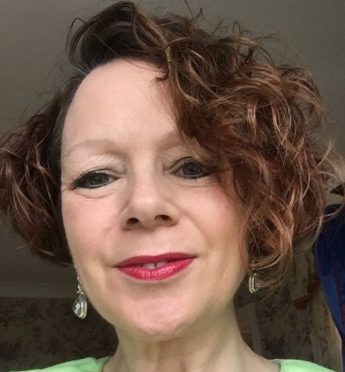A workshop which is part of the review into the redesign of Adult Health and Social Care Services in Caithness will take place this week.
The workshop will begin at 9.30am at the Pulteneytown People’s Project (PPP) Huddart Street, Wick, on Friday.
It aims to agree criteria to assess future options and start to develop a “long list of options” for possible future development of services with a broad range of local stakeholders.
These stakeholders will include representation from patients, public, third sector, partner agencies, elected members and NHS Highland staff groups/teams from across Caithness.
This workshop will be one of three to be held at the PPP this month that will aim to identify a preferred option for wider community engagement and public consultation.
Michelle Johnstone, NHS Highland’s area manager North, said that determining the right number of future hospital, nursing care and care home beds has been identified as areas for discussion.
She said: “Work is ongoing to look at all the factors that influence how many beds will be needed in the future. This will take into consideration all sorts of factors such as age of the population, changes in medicine and how much care can be provided to look after people in their own home.
“This bed modelling will be carried out by an independent expert supported by our own experts in public health and with input from clinicians. This will help to understand what we currently have and what we need in the future.”
She added that, as with any service change, there has to be an understanding of the financial context and workforce requirements. She said: “At this early stage, however, we are looking to agree which options are most likely to make best use of available resources.
“All options which are short listed will be fully costed and assessed around affordability as well as sustainability (staffing). We will have the opportunity to discuss other limitations or conditions e.g. buildings, clinical standards, policy.”
No decisions are being made during this part of the process but will make recommendations for future consultation.










